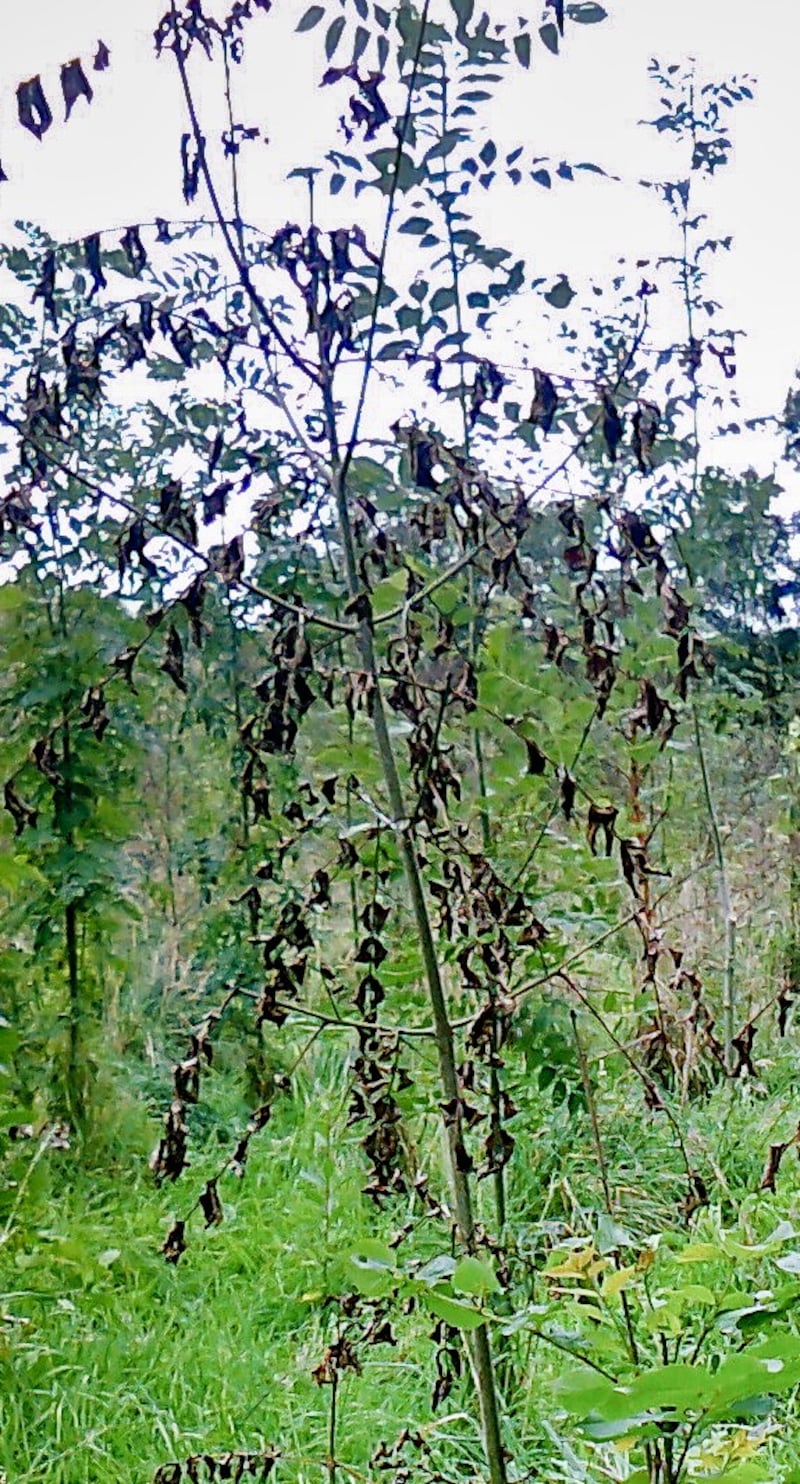Eradication of ash dieback disease in Ireland is no longer considered feasible and a review into the national response to it has been launched.
Ash dieback becomes apparent in trees if leaves turn brown, wilt and hang from their branches. It can spread to the entire branch and cause major damage to the tree if it spreads to the trunk.
Minister of State for Agriculture Andrew Doyle has announced a review of the national response to the disease following updated scientific advice on its prevalence in ash plantations in Ireland.

After first being identified in Co Leitrim in 2012, it had spread to all counties by the end of 2016.
Mr Doyle said it is time for a new approach to the problem in Ireland.
“It is clear from the latest scientific advice that eradication here is no longer considered feasible. Given this updated advice, our policy response must also change. The Reconstitution Ash Dieback scheme will be reviewed to ensure its continued relevance and value for money, and to ensure that the forest owner is provided with a broader range of silvicultural and management options,” said Mr Doyle.
The new policy response will mean more options for farmers if their forests are affected, he added.
“I believe many farmers with ash dieback on larger trees would like the opportunity to grow the forest on and produce a crop of ash timber without the fear of their annual premiums being stopped,” he said.
“As a first step, I am announcing with immediate effect that we will no longer be ending premium payments to farmers who wish to continue with cultivating their ash plantation where the prevalence of the disease is low,” he said.









